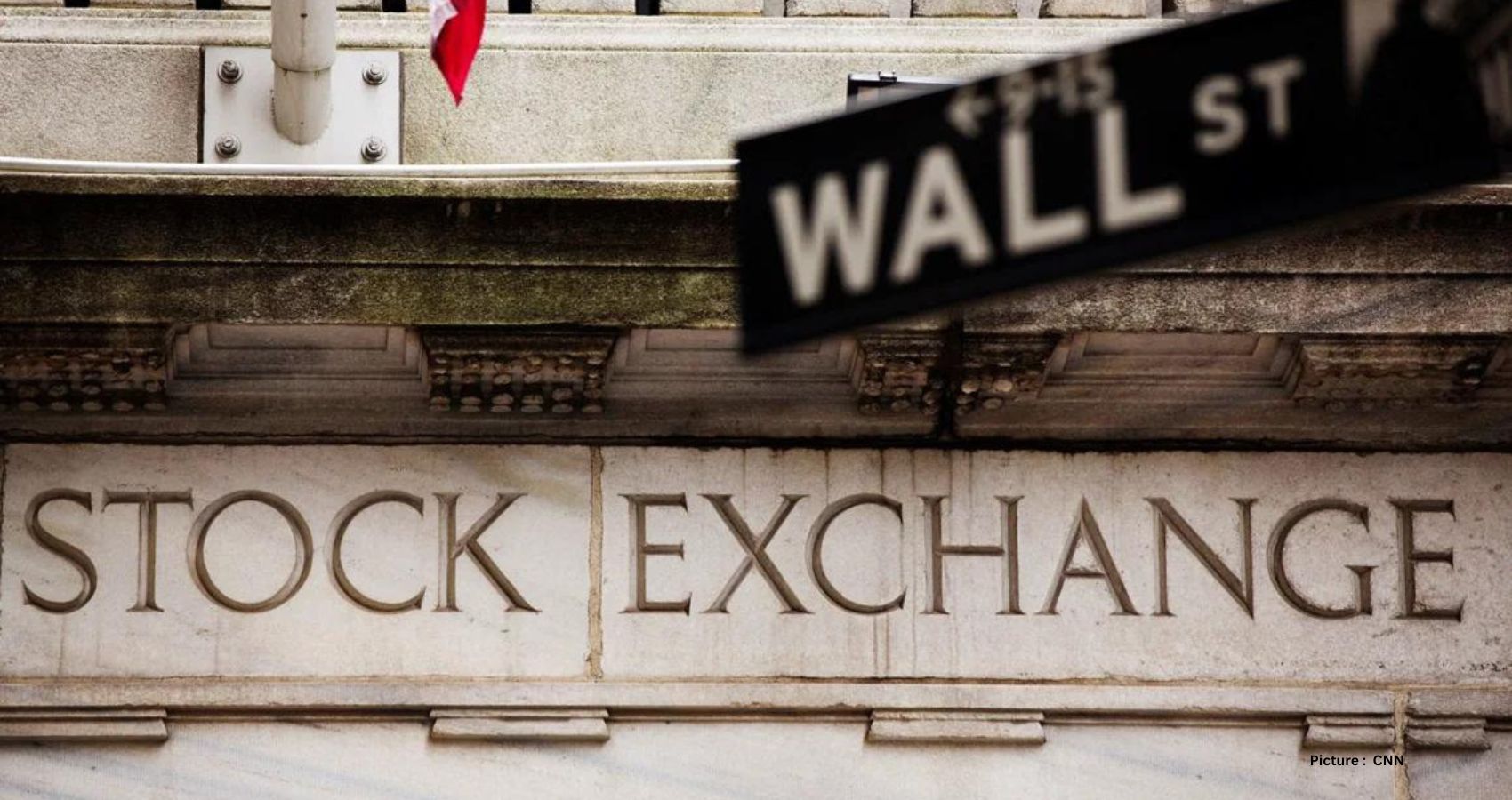In a sudden turn of events on Wednesday afternoon, the S&P 500, a key indicator of the stock market, initially appeared poised to achieve a record, marking its first in almost two years. However, optimism quickly gave way to a downturn, with the index dropping half a percentage point within minutes, plummeting over 1% within an hour, and ultimately closing the day with a nearly 1.5% decline. The Dow, initially enjoying an almost 100-point gain, saw a reversal, concluding the day with a nearly 500-point loss.
During this episode, the VIX volatility index experienced a notable surge, surpassing 7% and reaching its peak around 3 pm ET, before partially receding. Simultaneously, CNN’s Fear and Greed Index, which had begun the day firmly in “Extreme Greed” territory, retreated to “Greed” by day’s end.
Amidst the market turbulence, the Fear and Greed Index moved from “Extreme Greed” to “Greed” by the end of the day. Despite the sell-off, FactSet remarked that there was “nothing really new from a narrative perspective,” attributing the downturn to the gradual deceleration typical of the holiday season and year-end. They emphasized that there was “no clear spark for today’s drop.”
The current period, characterized by low trading volume due to traders being on vacation, often witnesses what are known as “Santa Claus rallies.” These are surges in the market towards the end of the year when attention is diverted.
Quoting FactSet’s analysis, despite the sell-off, there was “nothing really new from a narrative perspective as things continue to slow into the holidays and year-end,” and there was “no clear spark for today’s drop.”
Market analysts caution against panic, citing historical patterns. On December 15, 2022, the Dow unexpectedly plummeted 765 points without a clear cause. Similarly, on December 30, 2019, the Dow saw a 200-point decline, with CNN Business noting the day was “relatively devoid of news.”
Recalling the intense market fluctuations at the close of 2018, the Dow experienced a 10-day stretch where it plummeted 4,000 points. This tumultuous period culminated in one of the best days on record, marked by a 1,086-point gain, only to be followed by a roller-coaster day that nearly eradicated those gains.
To alleviate concerns, it’s essential to acknowledge the historical context. On December 15, 2022, the Dow plunged 765 points without a discernible reason. Similarly, on December 30, 2019, the Dow sank 200 points in a day relatively devoid of news, emphasizing the unpredictability inherent in year-end market dynamics.
As the year concludes, it’s prudent to take a step back and recognize that market fluctuations towards the end of the year are not uncommon. The recent downturn, while notable, aligns with historical trends during the holiday season. It’s crucial for investors to stay informed and maintain a long-term perspective, understanding that volatility may persist as the year draws to a close.
The recent market fluctuations, though initially concerning, are in line with historical patterns during the holiday season. While the market experienced a significant decline, analysts emphasize the absence of a clear trigger and attribute the downturn to the customary slowdown in activity during the year-end festivities. As we navigate the remaining weeks of the year, investors are encouraged to stay vigilant, draw insights from past experiences, and approach market movements with a measured perspective.











